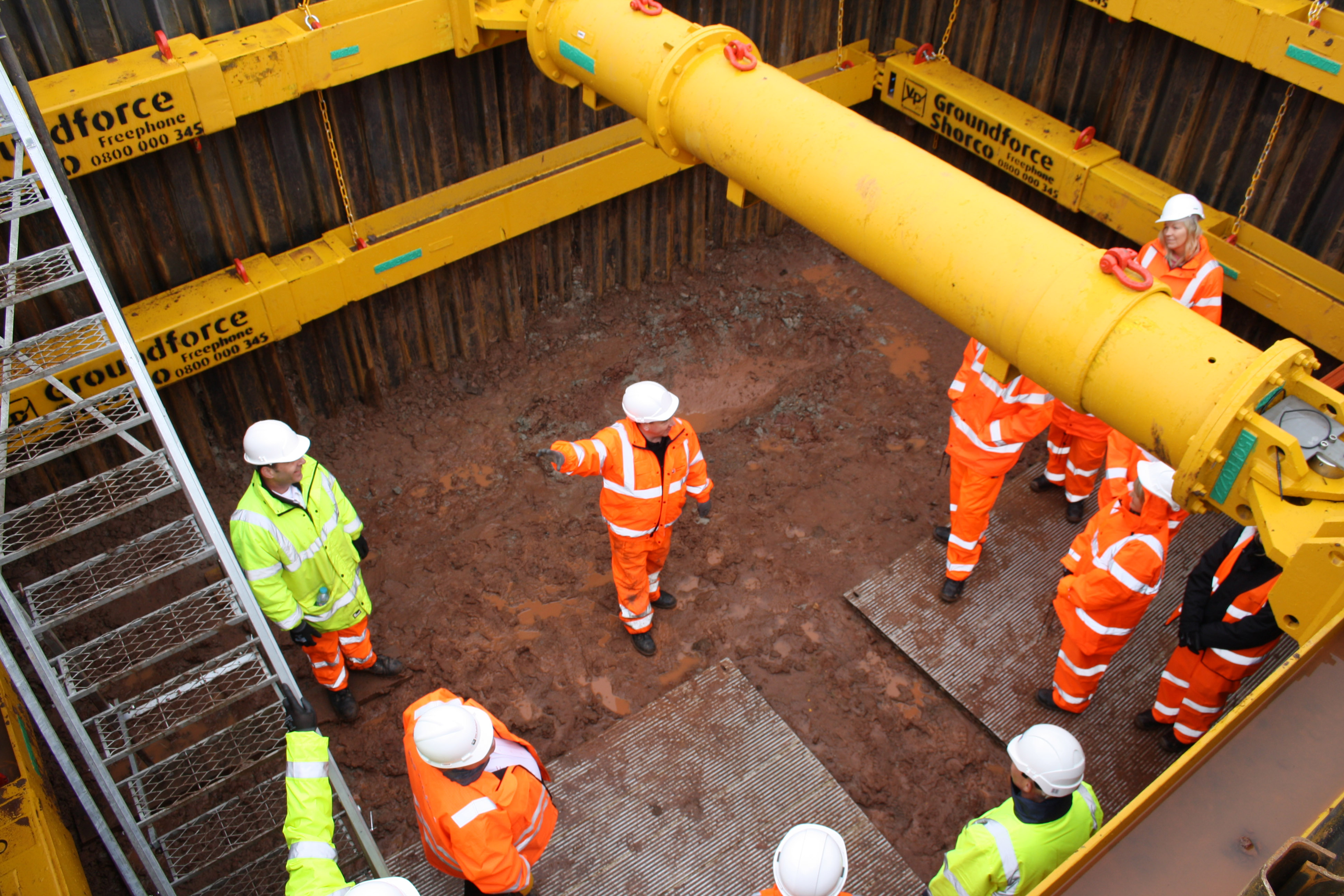What is Excavation Safety?
Excavation is one of the key processes that many major construction projects will go through, and one which many smaller infrastructure and utility projects will require too. In short, it involves the removal of materials (usually soil) to dig into the ground, creating space for a variety of construction works. This ranges from installing building foundations, to creating trenches that allow pipework and other utilities to be laid.
Naturally, excavation carries with it a variety of health and safety risks, ranging from cave-ins to falls, and these dangers must be mitigated accordingly. In this article, we’re going to take a look at what this means in practice.
What are the Major Hazards?
There are a variety of dangers present in any construction site, most often from machinery, heights and dangerous materials. Excavation brings with it additional risks.
The most notable risk is naturally that of a complete or partial cave-in. As soil is generally loose to some extent, there remains always the possibility that an unsupported trench wall could simply slide and collapse. In very small trenches this may be little more than an impediment to the construction process, but in larger excavations, a cave-in could pose a danger to life.
The other significant hazard associated with excavation is falling. While some trenches designed for pipework are very shallow, larger construction projects that involve laying foundations could have very deep sites indeed. There’s a risk of people falling into the excavation if they’re unaware of its presence, or indeed a risk that workers could fall while entering the site.

How are Risks Mitigated?
As excavation involves many different processes and associated risks, there are many different methods of ensuring that excavation sites are safe to work on. Health and safety operatives are responsible for identifying all relevant risks, and training site workers accordingly. However, the most critical aspect of mitigating these risks is of course the correct use of safety equipment.
Generally, there are three aspects to safety equipment. There are those that aim to make sure that the structural integrity of the excavation site is sound, those that ensure that workers are protected and can escape, should something go wrong, and those that allow for safe entry to the site, or safe working around the site.
A variety of products are used to ensure that trench and excavation walls are secure, even if the soil behind is loose. These include everything from lightweight mesh barriers that hold out loose substrate, to rigid metal barriers that are designed to create strong trench walls. Trench boxes are one such common installation. They comprise two metal panels held by struts, which exert pressure against the walls by pushing against the opposite one, creating a secure barrier. Similar techniques are used on larger excavations.
In terms of safe entry to and exit from the excavation, you’ll generally find that robust metal ladders or stairs are installed, depending on the depth and general size of the site. In narrower spaces, ladders will be used, often ones that are shielded to guard against cave-ins. Larger excavations will allow the use of a complete staircase frame.
And finally, shoring equipment usually extends above ground level into fencing or railings, which ensures that those working near, or those about to enter the excavation, are protected from the risk of falling in.